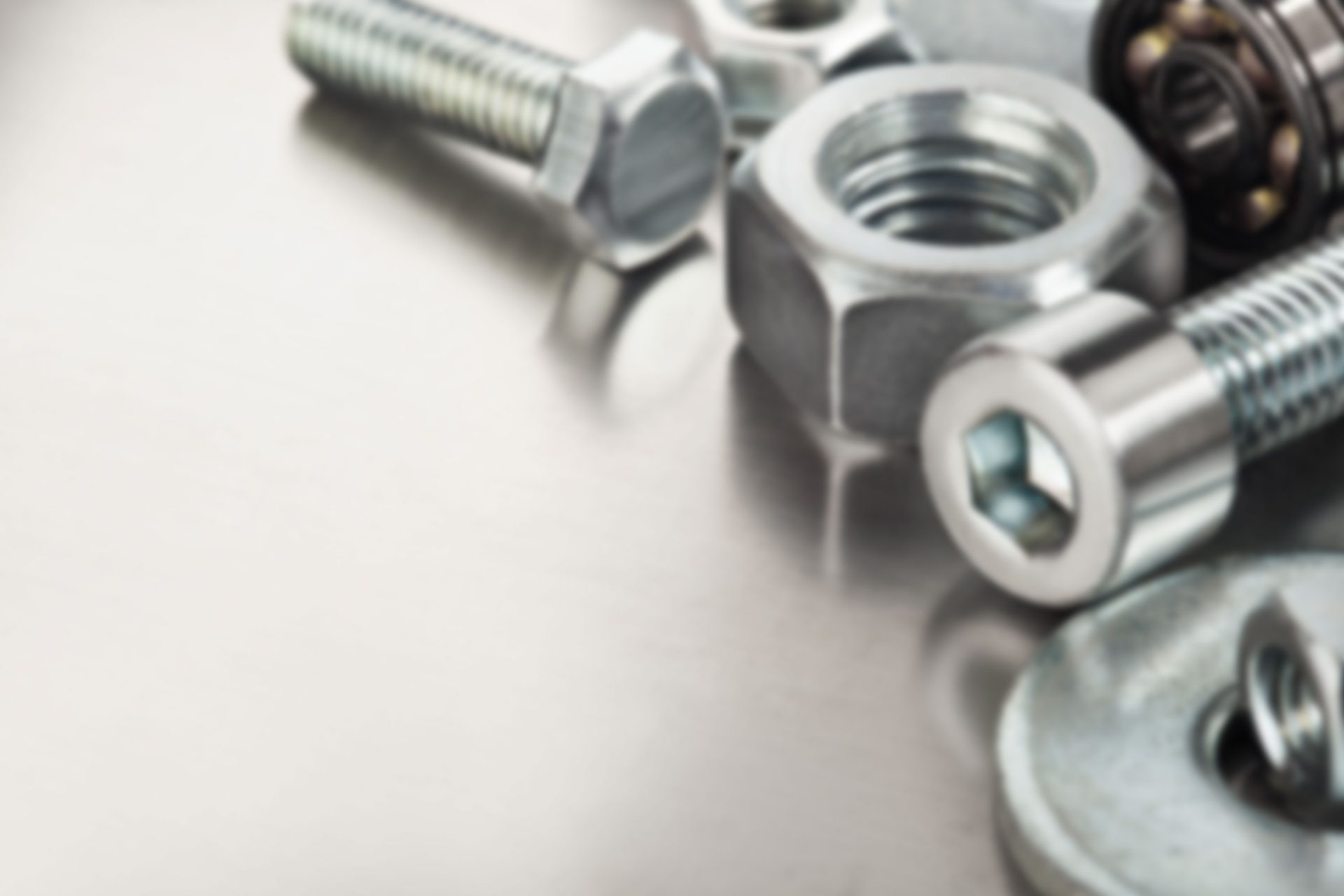Adhesives and Dispensing
Labor shortages are driving new demand for automation.
Options for Screwfeeding
This automated system assembles an EV battery sensor every 13 seconds. Photo courtesy Dr. Hönle AG UV Technologie
System automatically dispenses, cures and inspects formed-in-place gaskets.
Automated Line Assembles
Battery Sensors for EVs
Catherine Gettert // Senior Communications Manager // Dr Hönle AG UV Technologie // Gräfelfing, Germany
Sensors play a crucial role in controlling and managing the performance and safety of electric vehicle batteries. They monitor parameters, such as temperature, voltage and current, and report this information to the battery management system (BMS), which controls and monitors the battery’s charging and discharging processes.
During the production of these sensors, highly viscous liquid sealants are used to protect these sensitive electronic components from external influences, such as dust, road salt and moisture, as well as temperature-related stress and physical shock and vibrations.
These sealants are typically referred to as form-in-place or cured-in-place gaskets (CIPG). Bdtronic is a global supplier of automated dispensing systems for CIPG applications. These systems can also incorporate modules for surface treatment, UV curing and camera inspection.
Recently, bdtronic and Hönle cooperated to create an automated inline, five-step system for CIPG dispensing and curing. In the first step, the component contours are treated with plasma at atmospheric pressure to achieve better adhesion of the sealant. In the second and third steps, the highly viscous CIPG material is applied in contours. In the fourth step, curing is carried out using a Hönle UV curing system. Step five involves the optical inspection of the finished part to ensure quality and consistency.
These images show each step in the gasketing process: plasma treatment (A), dispensing the material inside (B) and outside (C), and UV curing (D). Photos courtesy Dr. Hönle AG UV Technologie
B
C
D
Since these sensors will be assembled in high volumes, the manufacturer must collaborate with its suppliers of adhesive, dispensing equipment and curing equipment to get optimal results.
“To achieve the best possible process, it is essential to work closely with the customer and all the technology providers from the very beginning. We need to understand the requirements and collaboratively develop their technical implementation,” explains Fabian Tremmel, head of dispensing engineering at bdtronic.
For this specific project, the manufacturer had a production target of 6,000 sensors per day, or one assembly every 13 seconds. A one-component CIPG material would need to be dispensed on a metal part with an complex shape.
One of the first steps in developing the automated system was to optimize the UV curing process. Questions to be addressed include: At what wavelength is the polymerization of the sealing compound triggered? What is the optimal duration and intensity of UV energy to achieve complete curing? Extensive laboratory tests were indispensable to determine these parameters.
This is one reason why bdtronic chose to work with Hönle for this project. Hönle is a global leader in UV curing of adhesives, sealants, inks and coatings. The company also provides UV sterilization systems for purifying water, air and surfaces. Hönle has its own application laboratory and can perform extensive testing with photoreactive materials.

In the final step, all parts undergo an optical inspection to ensure the quality of the seals. Photo courtesy Dr. Hönle AG UV Technologie
Achieving an optimal curing result requires accurate selection of suitable UV ranges, intensity and dose. Hönle’s testing quickly revealed that the sealing compound used in this application polymerized in the broadband spectrum of UVA and UVC, and required an unusually high UV dose.
The Hönle Uvaprint curing module was identified as the optimal curing system for this material. With its Cold-Mirror technology, the Uvaprint system ensured that the temperature on the substrate did not get too high despite the high intensity radiation. In the production process, the components pass through three consecutive Uvaprint modules, which provide a full cure before the sensors move to step five for optical inspection.
The manufacturer now has an assembly line that allows for process and planning security, delivering a high-quality battery sensor every 13 seconds.
For more information on UV curing technology, visit www.hoenle.com.
For more information on automated dispensing technology, visit www.bdtronic.com.
ASSEMBLY ONLINE
For more information on adhesives and dispensing, visit www.assemblymag.com to read these articles:






